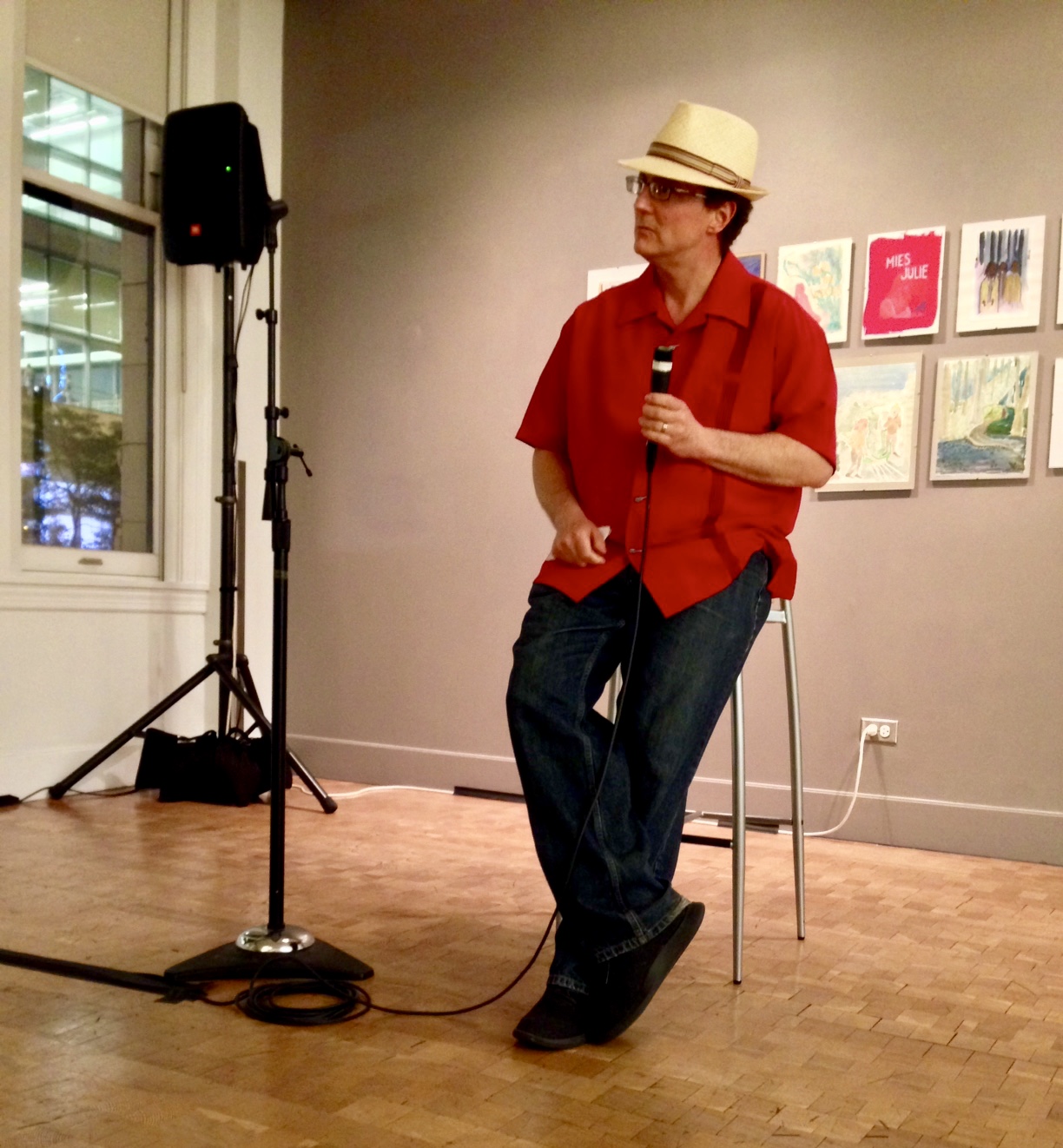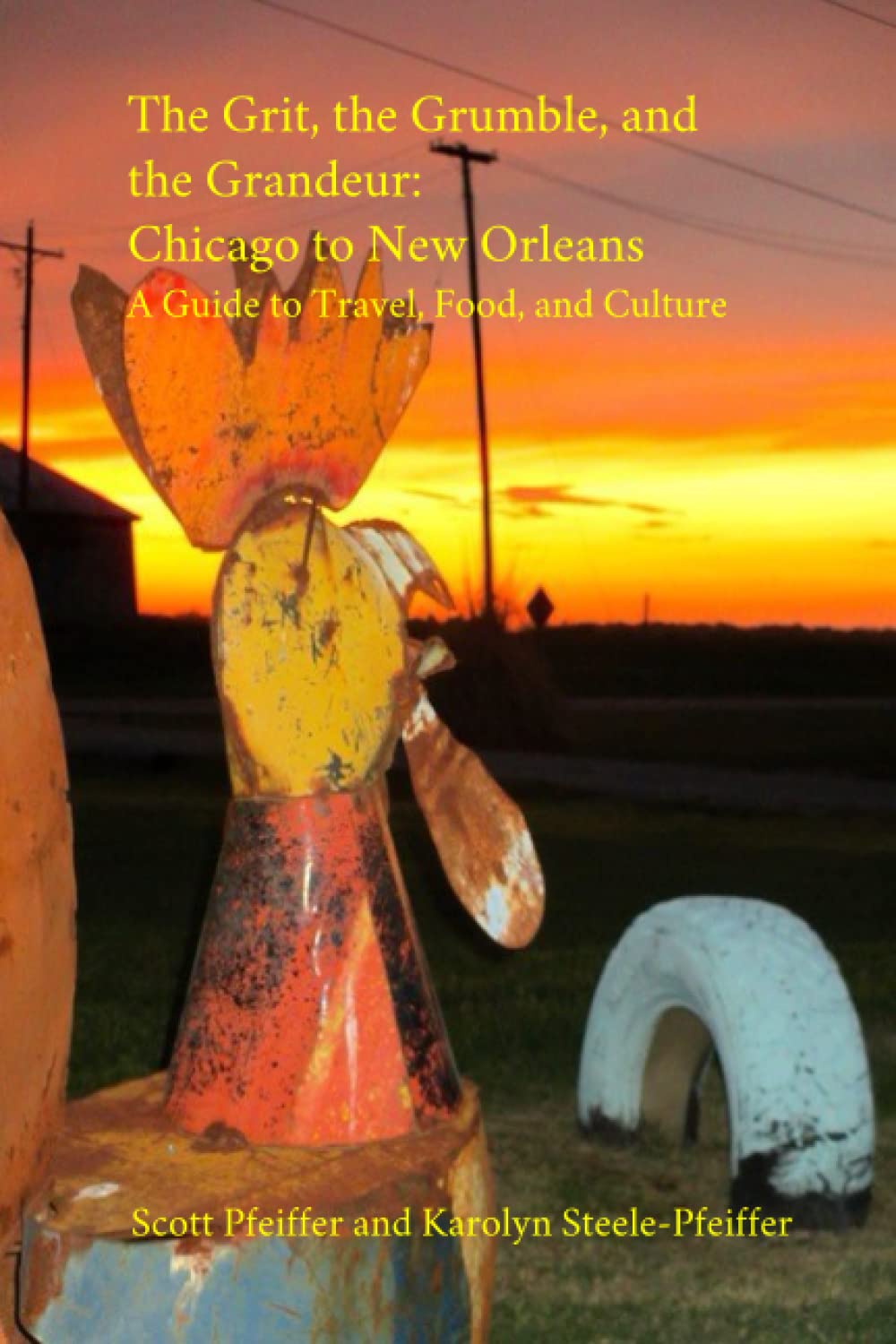[Editor's note—on Wednesday, October 3, 2018, I facilitated the Gene Siskel Center Film's Center's Movie Club screening of Ingmar Bergman's Saraband. The following is a transcript of my opening remarks.]
Well, Ingmar Bergman. There's a lot to say, but I'll just talk a bit about Saraband, and how it fits as a cap, or coda, for his body of work. Then I'll put it out there for discussion.
I should say, I hope you've enjoyed the Siskel's Bergman retrospective. For me, it's been wonderful to see all these films again that I first saw almost 30 years ago (wonderful but intense—I may need to go and watch Love Actually to recover). Ingmar Bergman was my gateway to world cinema, and I think that's been true for a lot of people. And now we've come to the end, with Saraband. I think it's a magnificent work but very sad—full of guilt and despair, but would Bergman fans have it any other way? And yet, I'd argue it also contains a hard kernel that's always there in his work—a broken grace note of hope and optimism, which insists that "love is real in the world of human beings."(1)
Coming four years before the end of his life, Saraband is his final statement about death, as well as his last word on what comes after.
It's a very personal work. Bergman writes in his wonderful memoir The Magic Lantern about how his mother (who was also named Karin) had to have her womb and ovaries removed. In Saraband, the same thing has happened to Marianne. Readers of that book may also have recognized the black and white photograph of Johan's house. It's actually a photo of Bergman's grandparents' summer house in Dalarna, which he so loved to visit as a child.
The first key aspect of Saraband I'd like to mention is right there at the top: this is a film, as the dedication says,"for Ingrid." It's a labor of love to the memory of his late wife, Ingrid Von Rosen. Bergman was married five times, but his longest and last marriage was to Ingrid: 24 years, from 1971 to 1995, when she died of cancer.
In Saraband, the late Anna, whom everyone loves and misses so desperately, and who plays such a pivotal role, is represented by a portrait, and it's a portrait, in reality, of Ingrid.
The second key also involves Anna/Ingrid, and it's what Bergman has referred to a perhaps "the core of the text." We know that the major preoccupation of his work was his lifelong terror of death. There was a very important incident in his life, which he spoke about many times, including when he first gathered together the cast and crew for Saraband.
I had an operation once—
—and they accidentally gave me too much anesthesia
They couldn't wake me for eight hours.
This fascinated me because I thought, is this what death is like?
You're a light that's lit. And then one day it's extinguished. Then there's nothing—
no flame left.
So death is nothing to be afraid of.
Up to then I had always had such a terror of death. That what The Seventh Seal was about. So that was a relief.
And then came...the devastating problem.
When my wife Ingrid died, that became a worry.
Because I thought, "I'll never see her again, if that's all death is."
I explained my dilemma to Erland [Josephson].
And Erland said:
"What do you really want?"
and I said, "I want to see Ingrid."
And then he said, very wisely,
"Then hold on to to that."
That's one of the most valuable pieces of advice I've ever had.
In true death, it might simply be that Ingrid is waiting for me, and that she exists.
And she'll come to me.
Imagine—all of humanity has thought endlessly about death.
Since the beginning of time, not knowing.
Can you imagine that it's so incredibly simple?"
Saraband, then, is an expression of this fundamental shift in his ideas about death, which he folded into the scene where Henrik meets Marianne in the church, and he talks about his vision:
She's walking towards me—Anna is walking towards me, by the gate.
And then I realize that I'm dead.
And then the strangest thing happens.
I think, "Is it this easy?"
I think another key to the movie is the idea that love can both imprison and liberate—and the same for music.(2) Bach's cello suites, and in particular the Sarabands, were great sources of consolation for Bergman his whole life.
Also very important is the letter Anna leaves behind. It is "the catalyst of Karin's rebellion."(3) Anna frees Karin, even in death—just as, perhaps Ingrid freed Bergman. As Karin says, "This letter is what love is, isn't it?"
There's one question I always have, when I watch: Why, when Marianne first arrives, do the doors slam shut, as as if by unseen ghostly hands?
However, the last aspect I'd like to highlight is Saraband as an expression of Bergman's bond with Liv Ullmann. As I would not be the first to note, it cannot be an accident that she is in the last frame of his last film. Her final words are: "I thought about the enigmatic fact that for the first time in our life together, I realized I felt that I was touching my daughter. My child." So much of Bergman's work seems to me to have been about that profound yearning to touch, to make a real human connection, especially between parent and child.
In the documentary Liv & Ingmar, Ullmann tells a story of a fateful day:
I was in Norway on the coast
and I woke up that morning
and I knew, something was happening with Ingmar which was different, and which maybe was absolute in his time here on the earth.
and I hired a plane, which I've never done before
because I knew I had to go now, this morning, this day
and I flew to Gotland and I took the ferry boat [to Faro Island]
and I came here in the afternoon, and he was here
and at this time we couldn't speak with words.
or I spoke, and he was there.
and then I pretended that he said to me, why did you come?
And I quoted him from the film Saraband,
"I answered because you called for me."
And then I left
and I'm happy I was here because that same night, at some time that night—we don't really know when—he continued his voyage, but now in the universe somewhere.
Some see Saraband as a final work of pessimism. But I like to hold in my mind that counter idea: "Anna is walking towards me by the gate. And I think, 'Is it this easy?'"
These words are what I'll hold onto from Bergman's work, which I've so enjoyed reconnecting with, and which I think comes to a grand conclusion with Saraband.
When my aunt heard I was facilitating this discussion, she suggested a format she used in her Education for Ministry group. They used these four questions.
A What amazed you, gave you an “aha” moment?
B What bothered you?
C What confused you?
D What delighted you?
(1)In The Magic Lantern, Bergman writes about Mozart's The Magic Flute, wherein the hero Tamino asks, concerning his beloved: "Does Pamina still live?" "The music translates the text's simple question into the greatest of all questions. 'Does Love live? Is Love real?' The answer comes, quivering but hopeful in a strange division of Pamina's name: 'Pa-mi-na still lives.' Love exists. Love is real in the world of human beings."
(2)I'm indebted here to Ed Vulliamy in The Guardian.
(3)Ed Vulliamy, The Guardian.
 Thursday, October 4, 2018 at 11:06AM
Thursday, October 4, 2018 at 11:06AM 


Reader Comments